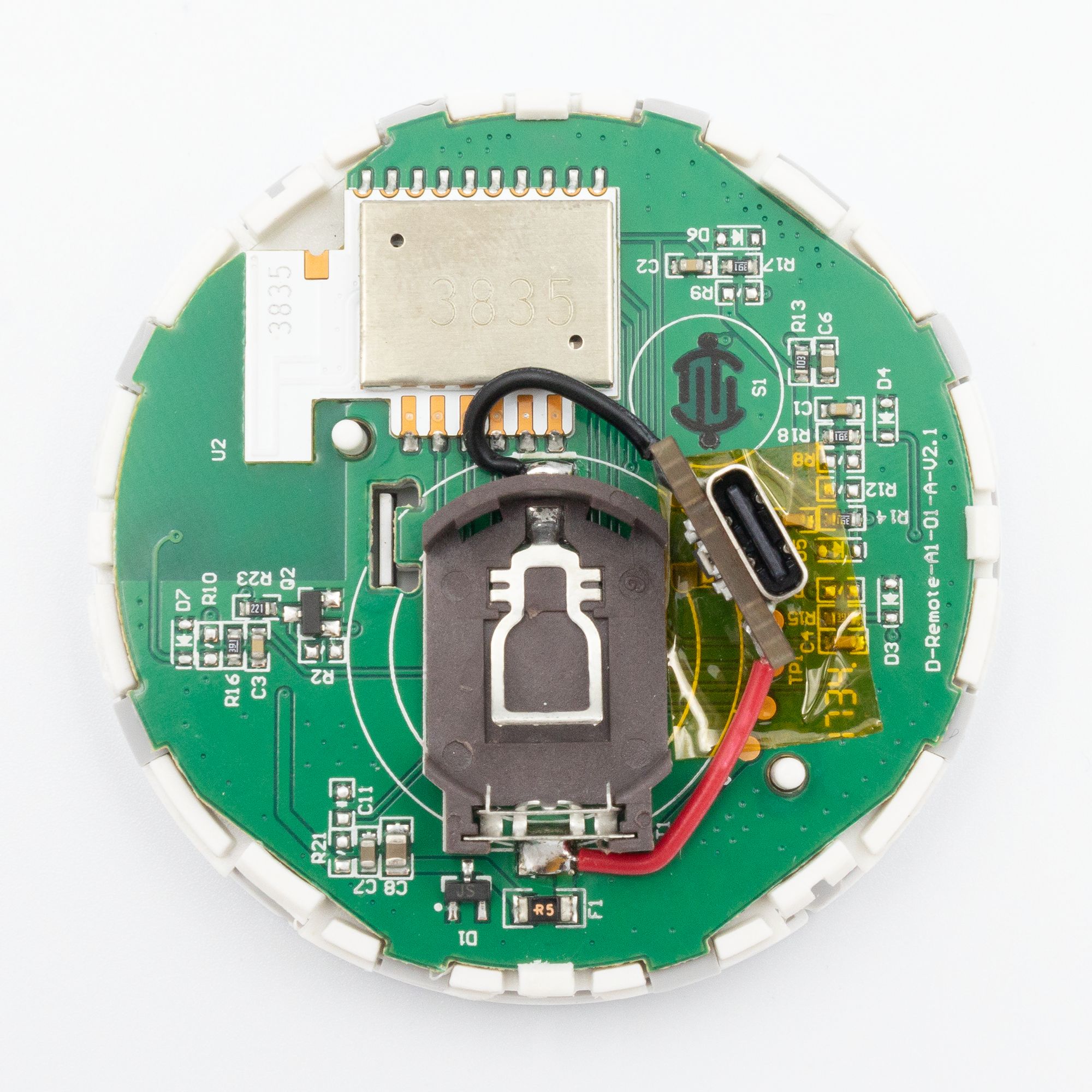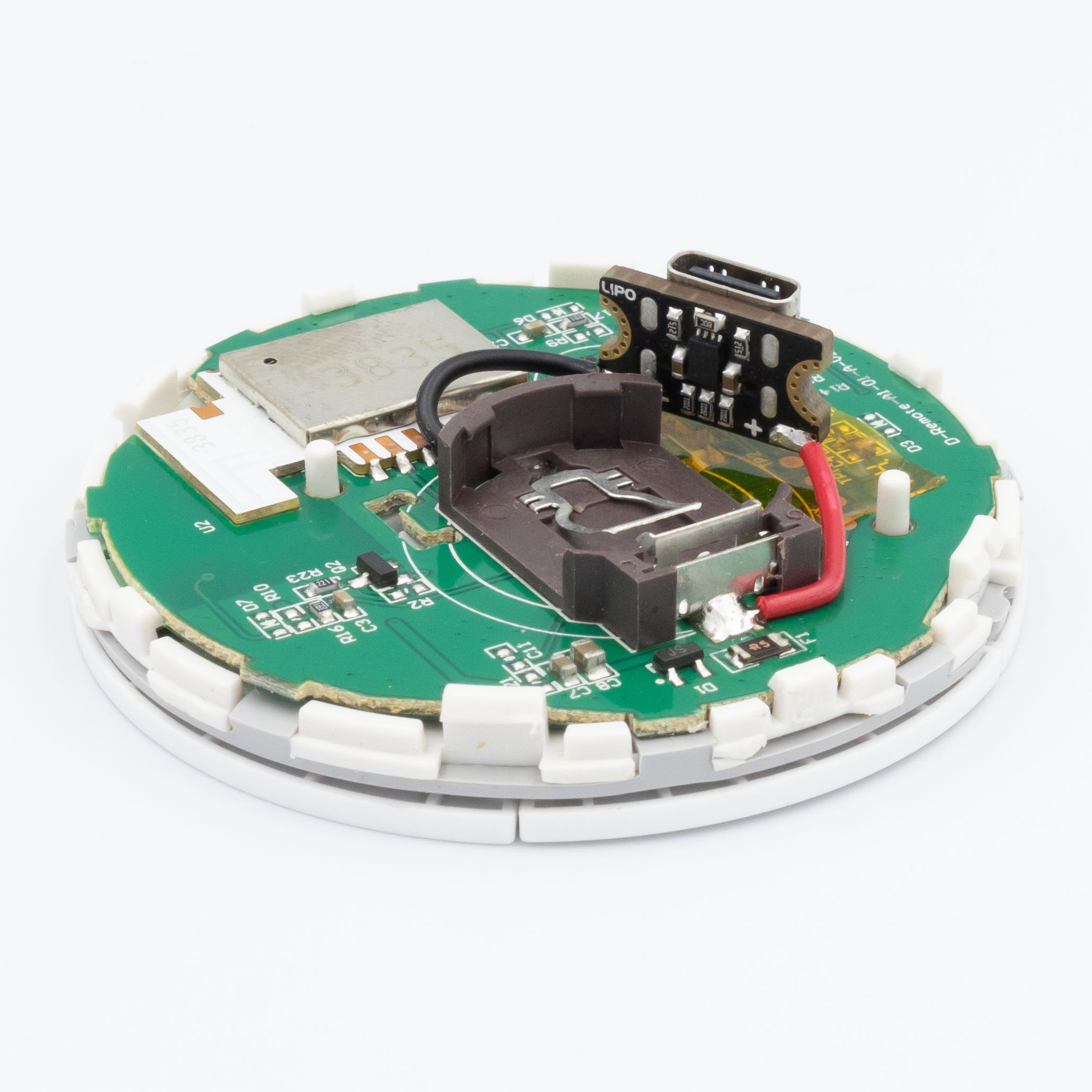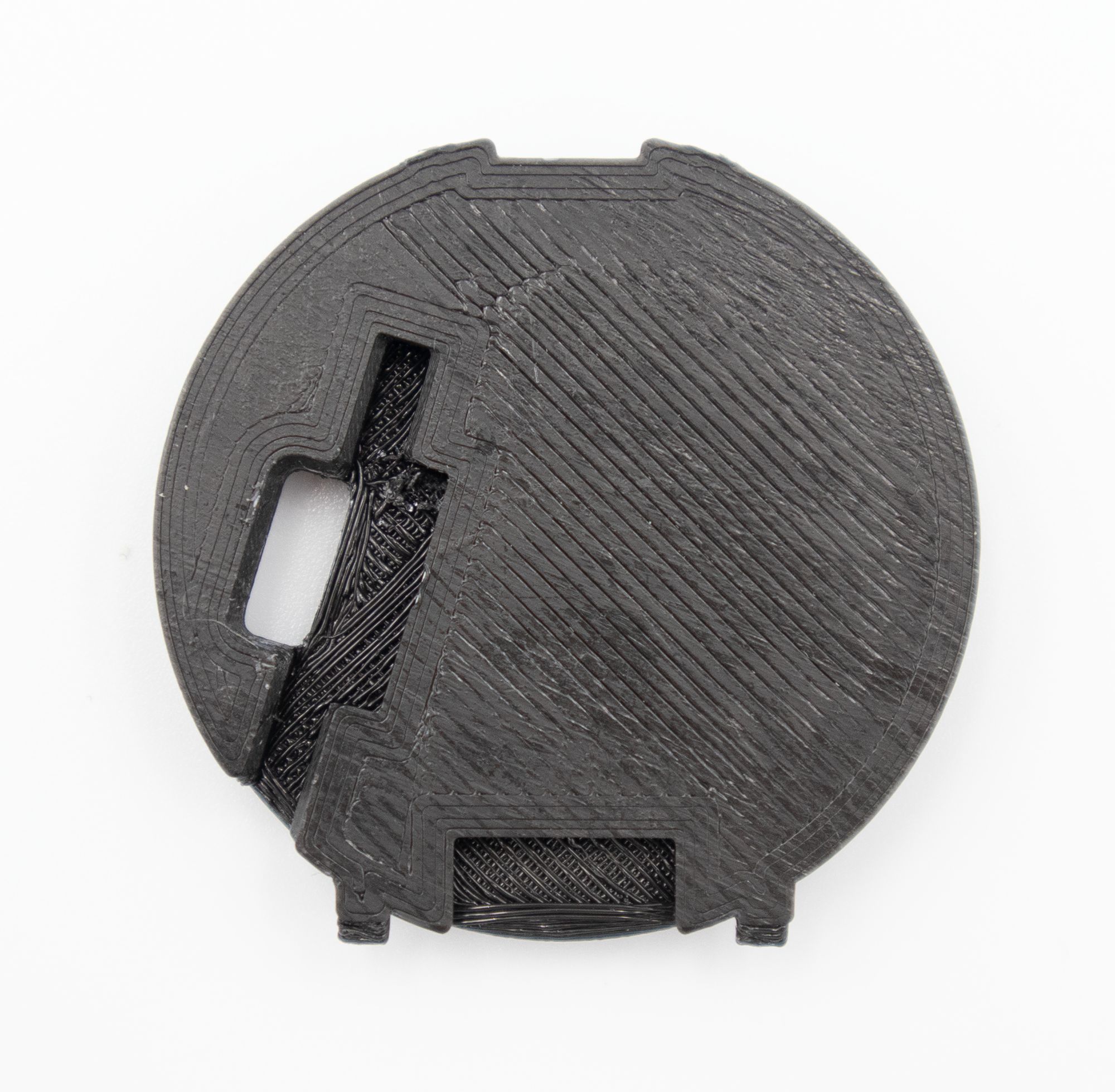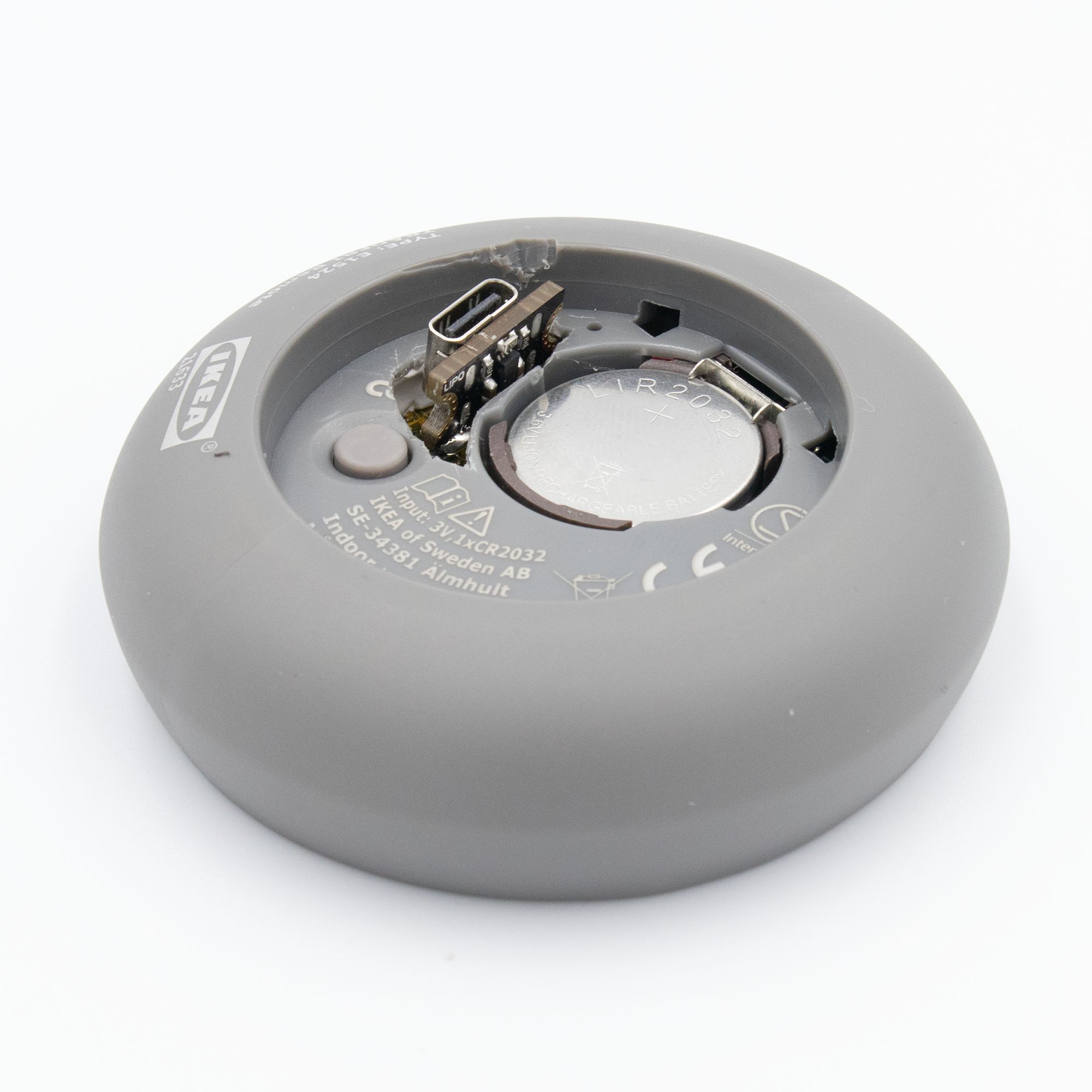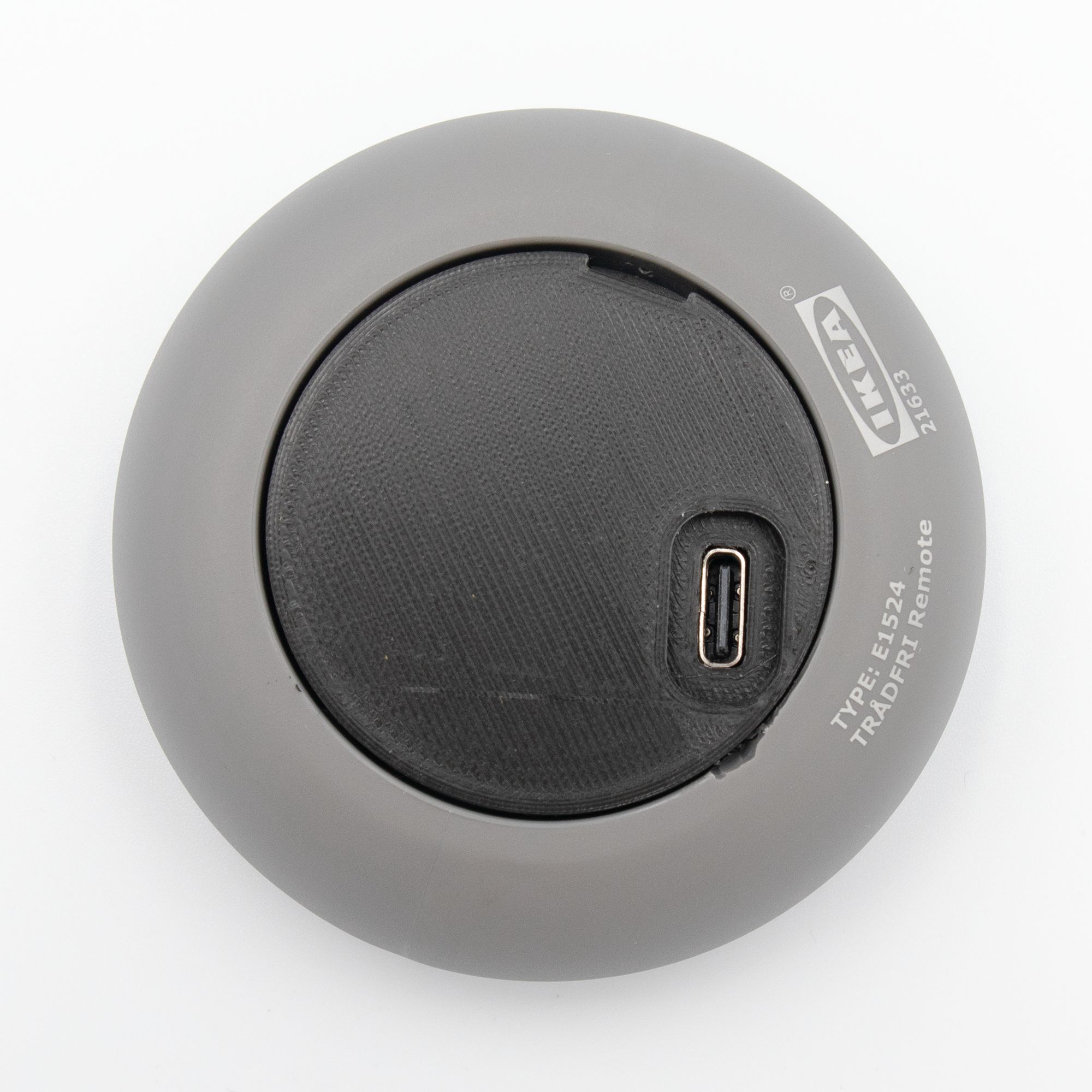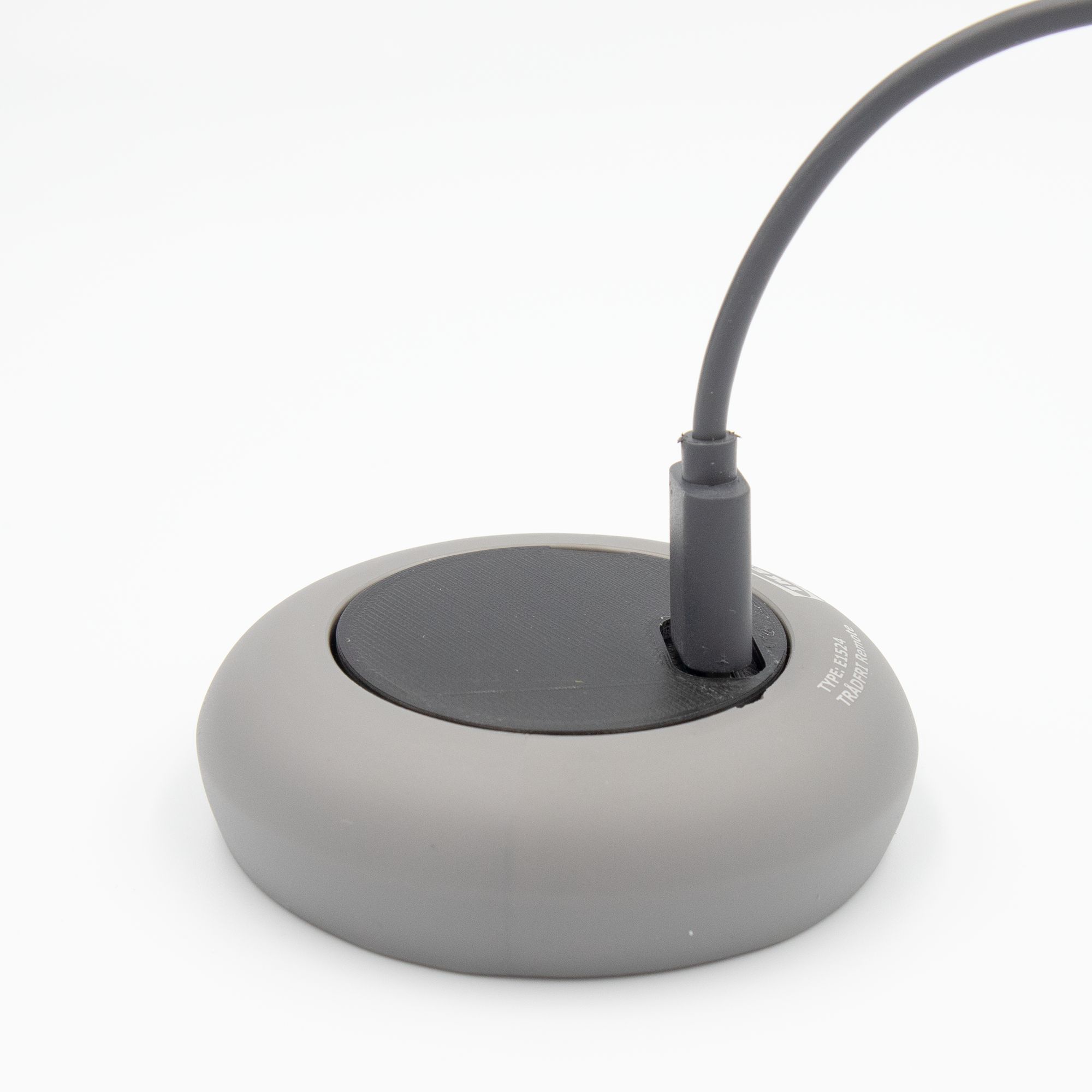Project update 4 of 8
Hacking a wireless remote to make it USB-C rechargeable
by André HillbomIt is common to use coin batteries in low power wireless devices like sensors and remotes. The CR2032 battery size is especially popular and it wouldn’t be surprising if you buy them in bulk, because they need to be changed frequently in many devices. Quite often coin batteries are used in devices that could easily have two AAA or AA batteries instead. The AA size batteries have capacity about 10 times larger than CR2032 and would needed to be change less often. Stationary devices like wireless temperature and motion sensors can be designed a little bit bigger to fit two AA batteries without any compromise for the end user.
It would be rather dodgy to tape AA batteries to some off-the-shelf devices to make the batteries last longer than months. Luckily there are rechargeable batteries ML2032 and LIR2032 of the same size as CR2032. Both rechargeable batteries use the Lithium chemistry. The ML2032 has charging voltage of 3.1 V, while LIR2032 has 4.2V. The LIR2032 can be charged with a regular LiPo charger with a current of about 20 mA or less and has a capacity of about 40 mAh which is about five times less than CR2032. This means that the LIR2032 needs to be recharged more often than CR2032 needs to be changed. However, one doesn’t need to throw coin batteries as often.
Another caveat with LIR2032 batteries is that their maximum voltage is 4.2V, while the maximum voltage of CR2032 is 3.4V. This means that replacing CR2032 with LIR2032 can potentially damage the device.
There is a popular IKEA wireless remote for lighting that uses a CR2032 battery, which tends to run flat every couple of months. Fortunately, the device has enough space to fit the tiny Ant2 LiPo charger. I have replaced the charging current set resistor with a 67 kOhm resistor which sets the current to about 15 mA. My attempt to add a good looking cutout for the USB-C connector failed, so I 3D printed a custom lid. The remote works as it should and the 4.2 V maximum voltage doesn’t seem to be a problem.
You can download the STL file for the lid file here.






